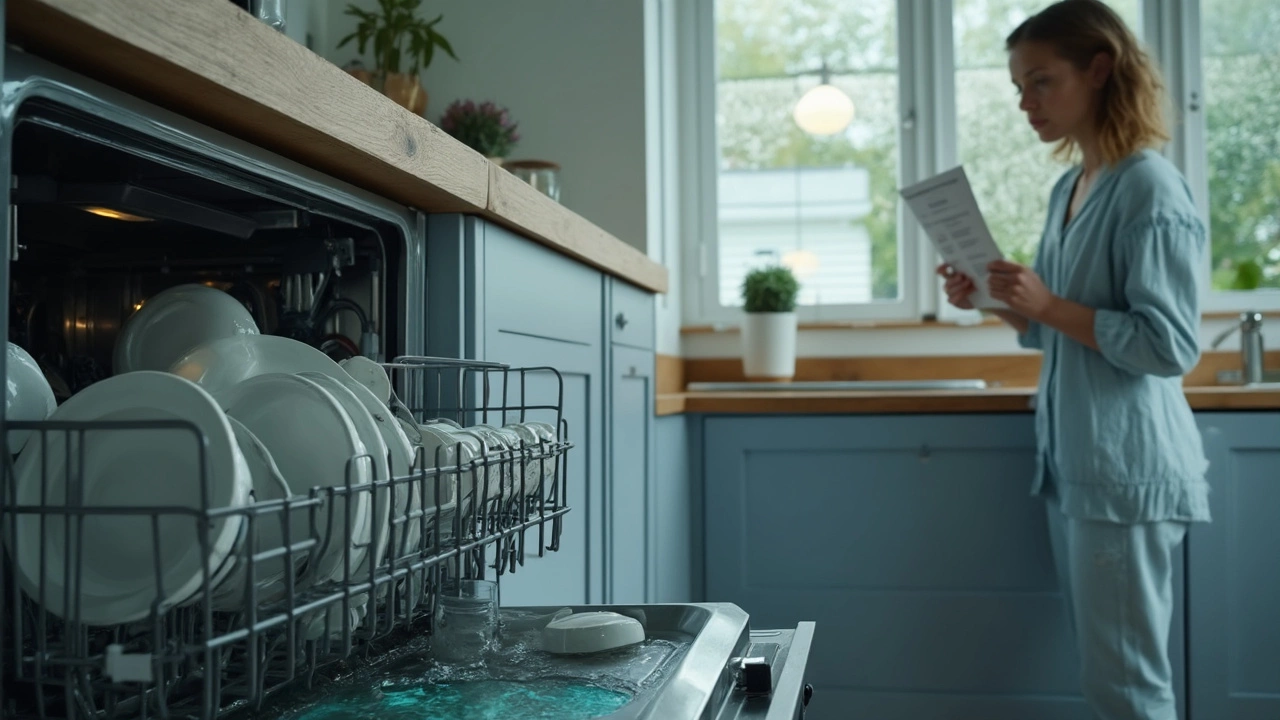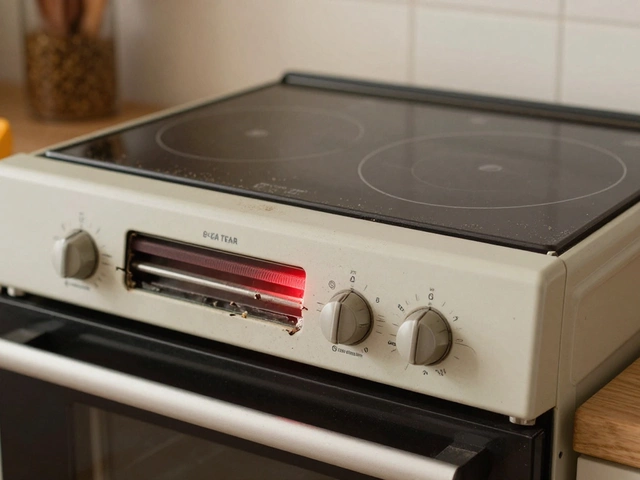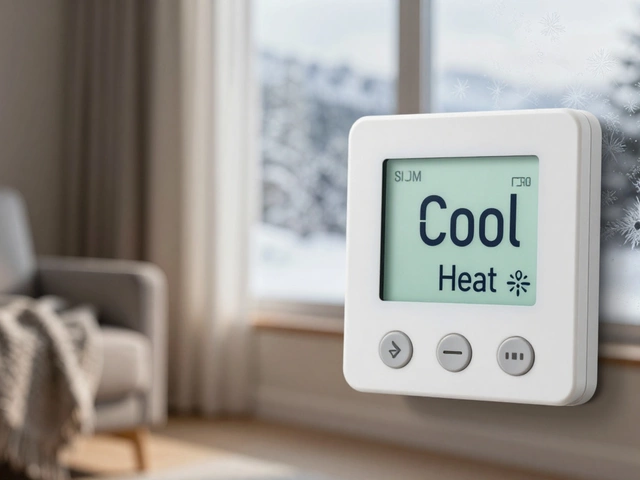Dishwasher Water Problems – Causes, Fixes & Maintenance Guide
When dealing with dishwasher water, understanding how it works can save you time and money. Dishwasher water is the flow of hot or warm water that circulates inside a dishwasher during a wash cycle is the heart of the cleaning process. The dishwasher a built‑in appliance that sprays water onto dishes to remove food residue relies on the right pressure and temperature to rinse away grease and starch. If the water isn’t hot enough, the detergent won’t dissolve properly, leading to cloudy plates. Conversely, too much pressure can wear out seals and cause leaks. In short, the quality of dishwasher water directly determines how clean your dishes come out and how long the machine lasts.
Low water pressure the force at which water enters the machine is a common culprit behind weak spray and streaky results. When pressure drops, the jets lose their force, so food particles stay stuck. One frequent reason for reduced pressure is a kinked or blocked drain hose the tube that removes used water from the dishwasher and directs it to the drain. A partially collapsed hose can cause water to pool at the bottom, leading to leaks that seep onto the floor. Another factor is the type of detergent a cleaning agent formulated specifically for dishwasher use you choose; high‑efficiency formulas work best with hotter water, while low‑temperature detergents need adequate pressure to disperse evenly. Together, water pressure, hose condition, and detergent selection create a chain reaction that influences the overall performance of dishwasher water.
Common Dishwasher Water Issues and How to Diagnose Them
Typical problems you’ll encounter include water not filling at all, temperature staying lukewarm, noisy pumps, or water spilling out of the door. The first step is to check the inlet valve – a faulty valve can stop water from entering, turning the whole cycle into a dry spin. Next, verify the thermostat setting; most modern dishwashers aim for 120‑130 °F (49‑54 °C) because that range maximizes detergent efficiency without damaging dishes. If the thermostat sensor is misreading, you’ll notice a persistent low‑temperature wash. Inspect the spray arms for food debris; clogged holes reduce water distribution, effectively lowering pressure at the point of use. Finally, examine the gasket and door seal; worn seals combined with high‑pressure water often cause leaks that look like “water spilling” but are actually pressure‑driven seepage. By methodically checking each component – inlet valve, thermostat, spray arms, and seals – you can pinpoint why your dishwasher water isn’t behaving as expected.
Below you’ll find a curated set of guides that walk you through each of these scenarios, from quick DIY checks to detailed repair advice. Whether you’re dealing with a slow‑filling cycle, a leaking base, or temperature quirks, the articles ahead give you actionable steps to keep your dishwasher water working right and your dishes spotless.
Seeing standing water at the bottom of your dishwasher can be annoying and even a little worrying. This article covers the most likely reasons for leftover water, from clogs in the drain to common mistakes people make when loading dishes. Get hands-on tips to quickly figure out what's going wrong and find fixes you can do yourself, before calling in a pro. Learn why keeping your dishwasher well-maintained isn't just about clean plates, but can save you money and headaches. It’s practical, straightforward advice for dealing with a not-so-fun kitchen problem.


